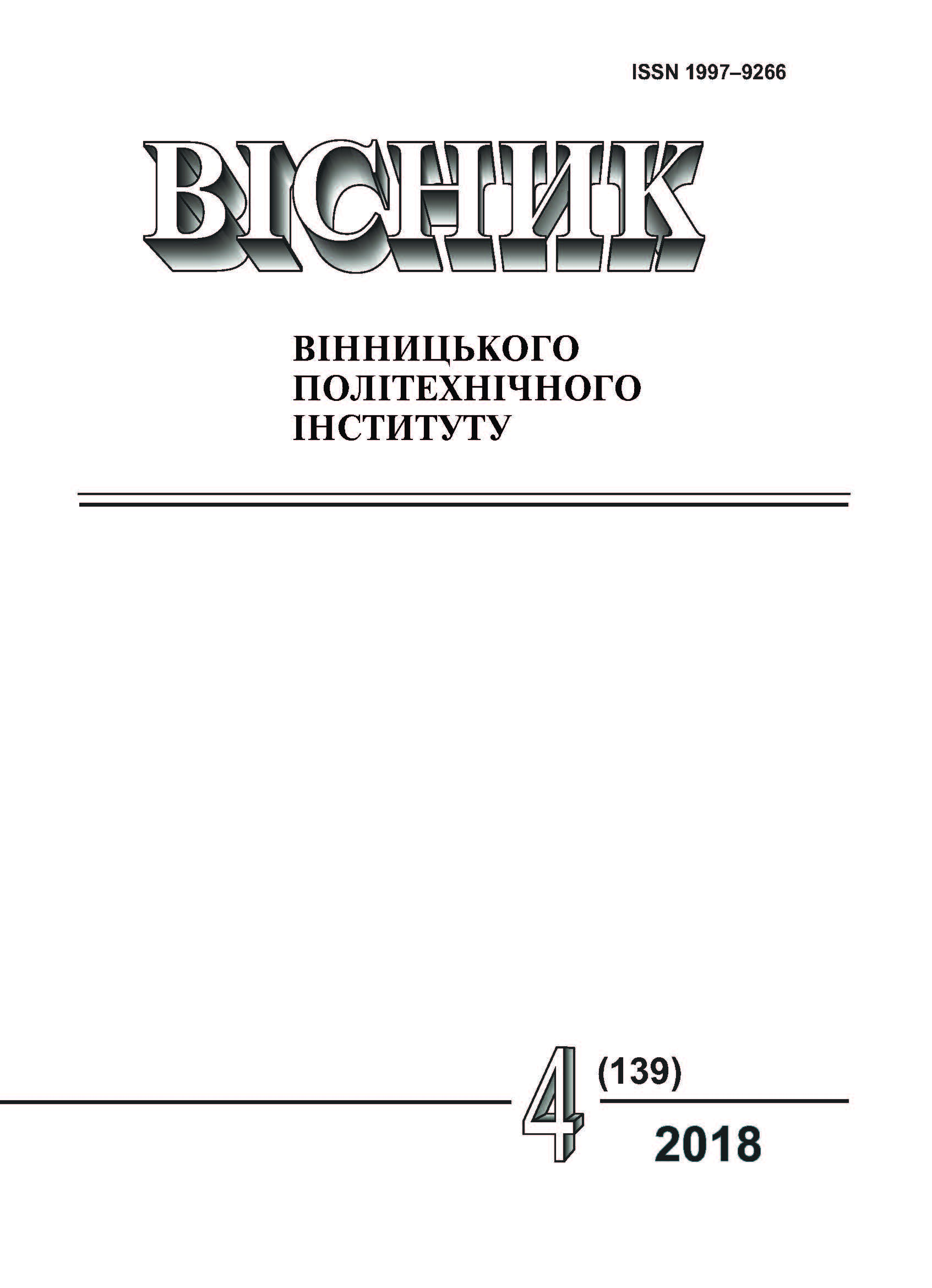Mechanical Characteristics of Steels G3Si1 and Sv-08G2S
Keywords:
technological passport, plasticity diagram, current curves, stress-state, hardness, drawingAbstract
There has been formed the technological passport of steel G3Si1 and Sv-08G2S in the state of supply, which gives enough information for the technologist about the behavior of the material in the plastic field, which allows to design a trouble-free process of wire drawing and to produce high-quality products. In the development of the technological passport of steels G3Si1 and Sv-08G2C, samples were considered that were made from one coil of each wire coil, respectively, which minimized the influence of random factors on the composite material map.
A current curves are necessary for the calculation of power-supply parameters, determination of voltage stress, and also the modeling of the finite element (ITU) drawing process, and essentially depends on the supply batches and the manufacturer. The plasticity diagrams are an extremely important function for evaluating the possibility of form-modification without destroying the phenomenological criteria of deformability, with the plasticity of the steel G3Si1 much higher than the Sv-08G2C (this is subjected to the production experience), therefore it can be recommended for use without intermediate annealings. Since the drawing process seems to be nonmonotone one — the material in the deformation cell from the compression zone passes into the tensile zone — as a result of this there is the Bauschinger effect. The Bauschinger coefficient in the field of developed deformations of the investigated materials was 0,14...0,16, which indicates the high sensitivity of the investigated steels to the formation anisotropy. This fact must be taken into account, in particular, in the simulation of drawing ITU. An assessment of the technological inheritance for the drainage process can be made according to the hardness of the wire after the technological re-bake. The calibration graph constructed in this paper, hardness (HV)–strength (σi)–deformation (ei) makes it possible to estimate the hardness of the wire after its drawing, which is important in predicting the quality of the products.
References
О. В. Грушко, «Феноменологічні аспекти створення карт матеріалів для процесів холодного пластичного деформування», Обработка материалов давлением : сб. науч. тр., № 1 (34), с. 85-95, 2013.
А. В. Грушко, Карты материалов в холодной обработке давлением. Винница, Украина: ВНТУ, 2015.
В. А. Огородников, Деформируемость и разрушение металлов при пластическом формоизменении. Киев: УМК ВО, 1989.
О. В. Грушко, Ю. О. Слободянюк, «Криві течії катанки марок G3Si1 та Св-08Г2С», Обработка материалов давлением : сб. науч. тр., № 1 (42), с. 207-213, 2016.
П. Людвиг, «Основы технологической механики», Расчеты на прочность: сборник научных трудов, вып. 15, с. 130-166, 1970.
Г. Д. Дель, Технологическая механика. М.: Машиностроение, 1978.
П. Бриджмен, Исследование больших пластических деформаций и разрыва. М.: Наука, 1955.
Д. В. Хван, Повышение эффективности в обработке металлов давлением. Воронеж: изд-во Воронеж. ун-та, 1995.
Downloads
-
PDF (Українська)
Downloads: 206
Published
How to Cite
Issue
Section
License
Authors who publish with this journal agree to the following terms:
- Authors retain copyright and grant the journal right of first publication.
- Authors are able to enter into separate, additional contractual arrangements for the non-exclusive distribution of the journal's published version of the work (e.g., post it to an institutional repository or publish it in a book), with an acknowledgment of its initial publication in this journal.
- Authors are permitted and encouraged to post their work online (e.g., in institutional repositories or on their website) prior to and during the submission process, as it can lead to productive exchanges, as well as earlier and greater citation of published work (See The Effect of Open Access).





